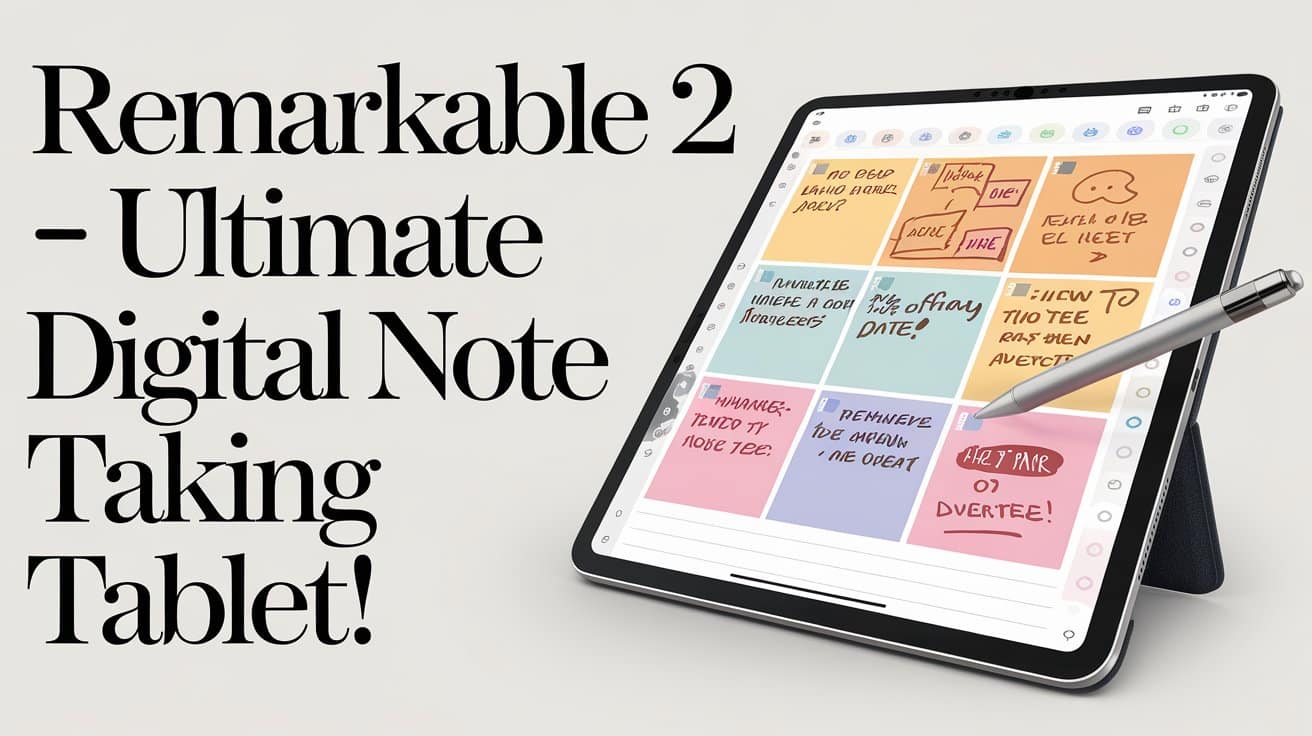In the realm of crossword puzzles and obscure references, there exists a term that has captured the imagination of puzzle enthusiasts and language aficionados alike: “Totally Wackadoodle NYT.”
This captivating phrase, often found in the hallowed pages of the New York Times Crossword, has become a symbol of the whimsical and unpredictable nature of wordplay.
What Is “Totally Wackadoodle NYT”?
The phrase “Totally Wackadoodle NYT” isn’t just a playful nod to something absurd or zany. In the context of the New York Times Crossword, it’s a signature style where clues may seem wildly unpredictable but hold clever and layered meanings.
This style has captivated puzzle solvers for years, making it a cornerstone of crossword culture. A “Totally Wackadoodle NYT answer” often leaves solvers scratching their heads, only to marvel at its cleverness once they see how it fits.
Think of it as a puzzle within a puzzle. The term itself has come to represent an entire category of crossword clues that challenge solvers to abandon traditional thinking. This unique approach turns even the most experienced puzzler’s expectations upside down, requiring a sharp wit and a sense of humor.
The nyt totally wackadoodle style is a perfect blend of intellect, humor, and wordplay that engages solvers on multiple levels, making it a favorite among enthusiasts.
What Is The Origins of “Totally Wackadoodle” in the NYT Crossword?
The roots of the “Totally Wackadoodle NYT Crossword” phenomenon can be traced back to the early days of puzzles in the New York Times. As editors and constructors started experimenting with more playful wordplay, the introduction of bizarre and unconventional clues gave rise to this entirely new approach to puzzle creation.
Over time, constructors embraced this quirky and “totally wackadoodle” style, leading to clues that were as puzzling as they were entertaining.For instance, a typical “totally wackadoodle nyt answer” might initially seem nonsensical or absurd, but when it finally clicks, solvers are left with a sense of satisfaction—and often a smile—at the cleverness of the wordplay.
The Rise Of Wordplay In Popular Culture – Take A Look!
Word puzzles have always held a special place in human culture. From ancient anagrams and cryptograms to modern-day Scrabble and crosswords, the challenge of decoding and manipulating language has entertained and educated us for centuries.
In the case of “Totally Wackadoodle,” the rise of the New York Times Crossword as a cultural phenomenon is intrinsically linked to the broader appeal of word games.In recent years, puzzle culture has experienced a resurgence, driven in part by the accessibility of digital platforms.
Apps and online games have made it easier than ever for people to engage with puzzles during their commutes, breaks, or even as a dedicated hobby. But it’s not just about convenience—the NYT Crossword, with its history of blending intellectual rigor and playful creativity, has managed to capture the hearts of both casual and dedicated solvers.
And at the center of this resurgence lies the “Totally Wackadoodle” style—a playful, yet challenging reminder that language is fluid, unpredictable, and endlessly entertaining.
What Makes a Puzzle “Totally Wackadoodle”?
So, what exactly qualifies a crossword clue or puzzle as “Totally Wackadoodle”? Here are some hallmarks of the style that set it apart in the NYT crossword world:
- Puns and Double Meanings: A typical “nyt totally wackadoodle” clue might appear nonsensical at first glance. However, once solvers unearth the pun or hidden meaning, the solution becomes clear, often in a delightfully unexpected way.
- Unexpected Answers: Many “Totally Wackadoodle NYT crossword” puzzles feature clues that twist in surprising directions. A straightforward clue might lead to an answer that plays on words or requires an obscure interpretation.
- Humor and Whimsy: Humor is at the core of this style. A “Totally Wackadoodle NYT answer” often brings a chuckle or groan due to its playful twist. Whether it’s an absurd reference or a pun that takes a second to click, the lighthearted nature of these clues makes them enjoyable even when they’re tough.
What Is The Influence Of Totally Wackadoodle On The Crossword World?
The success of “Totally Wackadoodle” in the New York Times has had a far-reaching impact on the crossword puzzle world. Beyond just influencing the construction of NYT puzzles, it has inspired a generation of new constructors who seek to push the boundaries of traditional crossword creation.
Many solvers now seek out puzzles that challenge their expectations and break away from formulaic clues. Whether in local newspapers, online puzzle platforms, or even personalized puzzle creations, the “Totally Wackadoodle” style has become synonymous with high-level creativity in word games.
In a sense, it has also sparked a new level of engagement within the puzzle community. Solvers don’t just passively complete puzzles; they engage in discussions, share their own “wackadoodle” moments, and seek out more challenging and offbeat puzzle experiences.
Why “Totally Wackadoodle Nyt” Resonates With Puzzle Solvers
For many, solving crosswords is not just a hobby—it’s a passion. The thrill of uncovering hidden meanings, piecing together clues, and completing a puzzle taps into the human desire for intellectual satisfaction.
“Totally Wackadoodle” takes this experience to a new level, offering solvers an opportunity to think creatively and engage with language in unconventional ways.Additionally, the widespread appeal of “Totally Wackadoodle NYT” lies in its accessibility.
While these puzzles can be challenging, they are also approachable. Solvers know that the puzzles are meant to be fun, even if they’re mind-bending. It’s the balance between difficulty and playfulness that keeps them coming back for more.
How to Master “Totally Wackadoodle” Puzzles?
For those looking to improve their puzzle-solving skills, especially when it comes to “Totally Wackadoodle” puzzles, here are a few tips:
Practice Patience
These puzzles can be tricky, and it’s important to approach them with patience. Often, the answer will come to you after taking a break and looking at the clue from a different angle.
Expand Your Knowledge
The more you know, the better equipped you are to tackle obscure references. Brush up on pop culture, history, and trivia. You never know what might appear in a “Wackadoodle” clue.
Embrace Wordplay
Get familiar with different types of wordplay, including puns, homophones, and anagrams. These are often the key to solving tricky clues.
Collaborate
Don’t be afraid to ask for help. Whether it’s friends, family, or an online community, discussing clues with others can provide fresh perspectives.
Closing Remarks:
The “Totally Wackadoodle NYT Crossword” offers a one-of-a-kind experience for word enthusiasts. It challenges us to think creatively, embrace the absurd, and celebrate the unpredictability of language.
With its perfect mix of humor, intellect, and wordsmithing, the nyt totally wackadoodle style stands as a testament to the enduring appeal of crosswords and the fun that comes with mastering the unexpected.
FAQs:
What Is “Totally Wackadoodle” In The Context Of The Nyt Crossword?
“Totally Wackadoodle” refers to a style of puzzle or crossword clue that is playful, bizarre, and often unexpected. These puzzles feature unconventional clues and answers, typically involving wordplay, puns, or obscure references.
Why Is The Term “Totally Wackadoodle” Popular Among Puzzle Enthusiasts?
The term has gained popularity because it encapsulates the fun and whimsical nature of puzzles that break from traditional formats. Puzzle enthusiasts enjoy the unpredictability and humor found in “Wackadoodle” puzzles.
How Can I Improve My Skills In Solving “Totally Wackadoodle” Puzzles?
Improving at these puzzles requires patience, practice, and a strong familiarity with wordplay. Expanding your knowledge of trivia and pop culture can also be helpful, as many puzzles reference obscure or unexpected topics.
Are There Specific Puzzle Creators Known For “Totally Wackadoodle” Puzzles?
Yes, several puzzle creators have made a name for themselves by crafting “Wackadoodle” puzzles. Will Shortz, the longtime editor of the New York Times Crossword, is often associated with promoting this playful style.
Are “Totally Wackadoodle” Puzzles More Difficult Than Regular Crosswords?
Not necessarily. While these puzzles may seem more difficult due to their unconventional nature, they are often solvable with a bit of creative thinking. Their difficulty lies more in the need to approach them from unexpected angles rather than the complexity of the clues themselves.
Can Beginners Solve “Totally Wackadoodle” Puzzles?
Absolutely! While they may present a challenge, beginners can still enjoy solving “Wackadoodle” puzzles. It’s all about practicing and learning to think outside the box.
What Role Does Humor Play In “Totally Wackadoodle” Puzzles?
Humor is a central element in these puzzles. The clues often involve puns, double meanings, or absurd scenarios, making them as entertaining as they are challenging.




